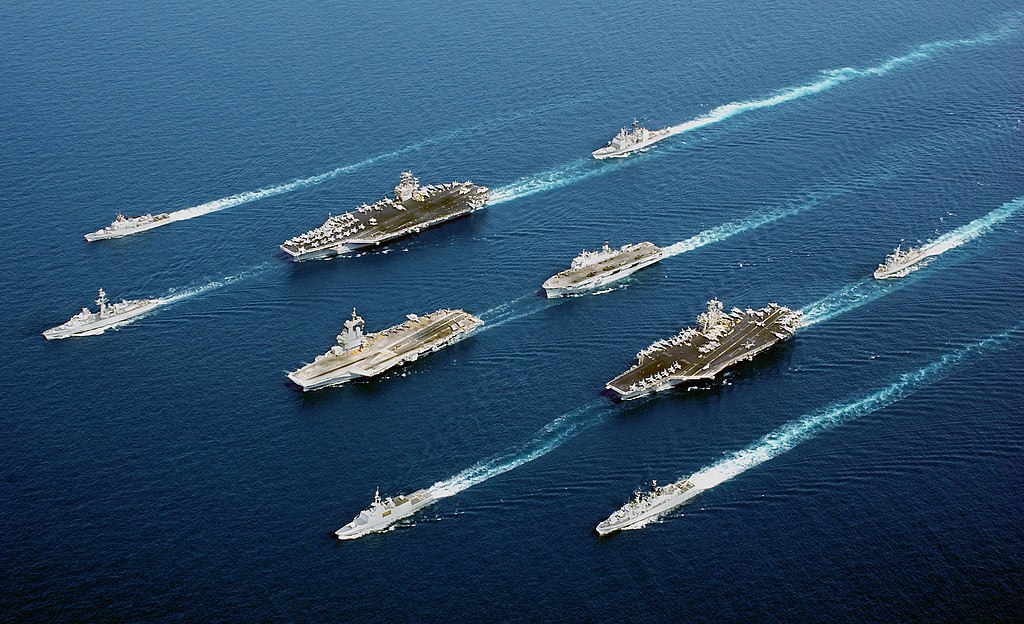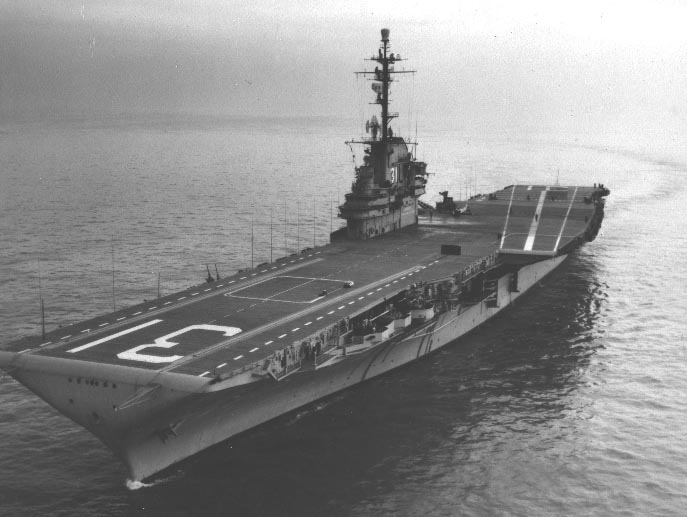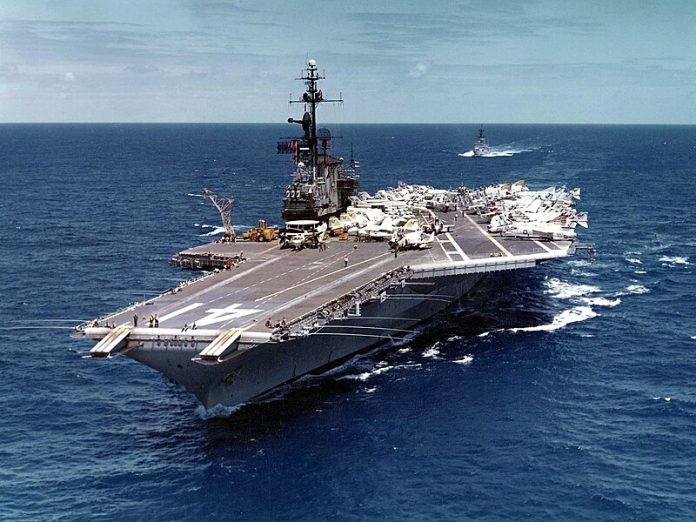
The Midway-class carriers were forged in the fire of late World War II, but their narrative is more about the technological revolutions they endured than the war they didn’t fight. Designed as “battle carriers” with armored flight decks and large design margins, they were a case study in how engineering vision can extend a warship’s relevance across five decades of changing naval aviation.

1. Built With Room to Grow
The Midway-class USS Midway, USS Franklin D. Roosevelt, and USS Coral Sea were the first U.S. Navy post-treaty “big deck” carriers. With lengths of almost 970 feet and displacements of more than 60,000 tons in full load, they married armored flight decks incorporated into the superstructure with hangar spaces of sufficient size to accommodate the increasingly larger size of naval aircraft. Four Westinghouse geared turbines, supplied by a dozen Babcock & Wilcox boilers, propelled them at speeds in excess of 30 knots for extended periods. Armored decks, in part a response to Royal Navy experience during World War II on HMS Illustrious, were combined with heavy internal subdivision to confine battle damage and maintain flight operations.

2. Early Jet Operations and Structural Requirements
Commissioned from 1945 through 1947, they came into service as jet propulsion was revolutionizing carrier aviation. Franklin D. Roosevelt welcomed the first U.S. carrier jet trials in 1946, which exposed the engineering strains of increased approach speed and heavier landing weights. The Midway-class’ hard, armored decks and improved arresting gear withstood these loads with fewer structural problems than had wooden-deck predecessors. This flexibility made them ready platforms for new launch and recovery systems, such as the hydraulic catapults that in turn would soon be replaced by steam catapults with the capability to launch fully loaded jet bombers.

3. The SCB-27 and SCB-125 Modernizations

The SCB-27 program of the Navy strengthened flight deck structure, redefined magazines, enhanced protection of aviation fuel, and substituted initial catapults with steam-powered catapults. Electric generation was increased to accommodate more demanding avionics. SCB-125 introduced the most dramatic changes: sloped flight decks for simultaneous launch and recovery, covered “hurricane bows” to protect the deck from rough seas, and incorporation of the optical landing system for accurate glide-slope guidance. These conversions changed WWII-era hulls into contemporary jet carriers without new building, although increased topside weight necessitated hull adjustments to maintain stability.

4. Combat Tested Over Three Wars
From the close air support sorties of Korea to the high-tempo strike rotations of Vietnam, the Midway-class proved consistent sortie generation far from home bases. Coral Sea’s Vietnam duty included experimenting with the Pilot Landing Aid Television system to enhance approach safety. In 1975, Midway’s participation in Operation Frequent Wind evacuating Saigon created one of carrier aviation’s most iconic images: a South Vietnamese pilot setting down a small plane with his family after helicopters were tossed overboard to clear the deck. In 1991, Midway opened fire in Desert Storm as the oldest active U.S. carrier.

5. Forward Deployment and Strategic Impact
The 1973 forward basing of USS Midway to Yokosuka, Japan, was an engineering and logistics strategic realignment. Stationing a carrier in Japan permanently cut trans-Pacific fuel expenses, raised operational availability to almost 70 percent of the year, and invested U.S. naval presence in the Western Pacific. This choice, originating in post-Vietnam basing negotiations, necessitated Yokosuka’s facilities to accommodate carrier maintenance on a continuous basis and air wing turnover something of an infrastructure hurdle that further cemented the port’s status as a Pacific lynchpin.

6. Engineering as a Force Multiplier
The class was a test bed for technologies that became fleet standards: steam catapults, optical landing systems, TACAN navigation, and modernized air traffic control. Their armored flight decks survived jet operations for decades, and their expanded hangars and magazines accommodated heavier weapons and fuel loads. Habitability improvements air conditioning, better berthing, state-of-the-art workshops prolonged crew endurance on extended deployments. Damage control philosophy, honed through peacetimes incidents, was supported by enhanced firefighting equipment, allowing for quick recovery from inescapable flight deck accidents.

7. Longevity Through Continuous Adaptation
By the late 1960s, additional rebuilds expanded flight decks, increased sponsons, and incorporated new radars and arresting gear. Buoyancy add-ons and redistribution of weight compensated for stability problems introduced by accumulated modifications. Electronics modernization maintained combat information centers current in the networked Cold War environment, while self-defense suites were added on without interfering with flight operations. This incremental engineering provided the class with frontline-relevant status through the 1990s.

8. Retirement Without Obsolescence
Despite the prominence of supercarriers fueled by atomic power, the Midway-class remained to bring combat capability within reasonable cost. Coral Sea became known as “Ageless Warrior” before she retired; Midway wound up her service as a veteran of Desert Storm and is now a museum ship, carrying the material legacy of a design that spanned the piston, nascent jet, and modern carrier eras.
The Midway-class’s continued relevance was no fluke rather, the result of conscious overengineering, ongoing modernization, and the capacity to incorporate new aviation technologies without sacrificing fundamental performance. Their history is an indication for today’s naval planners and strategists of an elementary fact: when it comes to carrier design, margin is not excess it is the seed of longevity.


